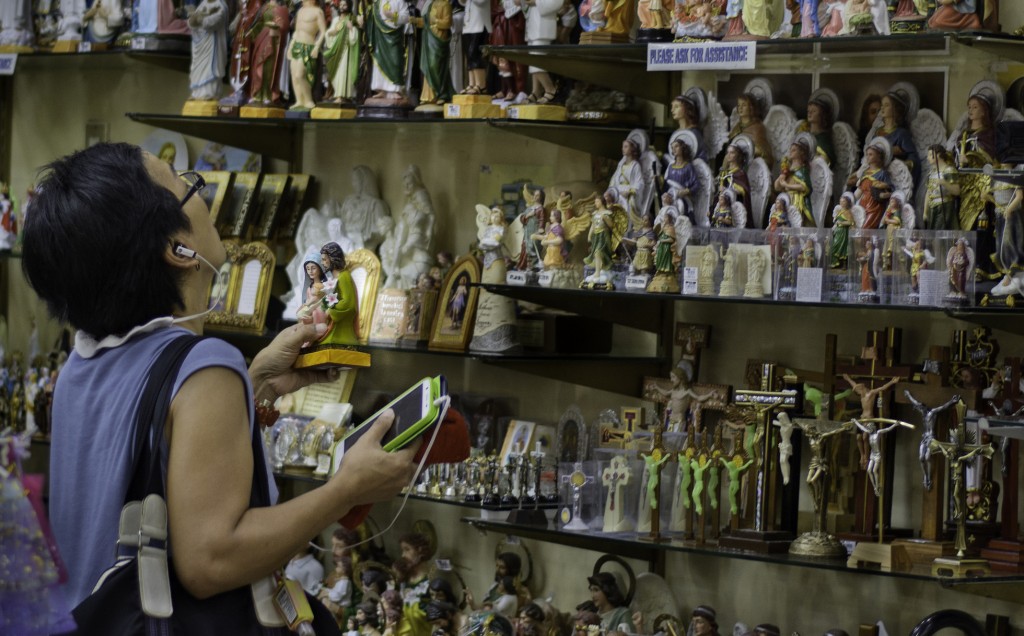
In mid May, the Pew Research Center released its Religious Landscape Study, using a sample of over 35,000 people to analyze the religious composition of the U.S. population. Some findings got significant media attention, especially one showing that an increase in the number of religiously unaffiliated Americans coincides with a sharp decline in mainline Protestant and Catholic identification. Commentators disagree about what the results really mean; The Huffington Post announced that “America is Getting Less Christian and Less Religious,” while The Atlantic countered American religion is “complicated, not dead.”
Religion scholar Peter Manseau articulated a more nuanced take in the New York Times Sunday Review. He writes that since many of the religiously affiliated still believe in God or pray occasionally, the real trend is a move away from organized religion and toward more personal, private forms of spirituality. In this view, the story of religious change in America today is increasing pluralism, not declining religiosity. But is private, churchless spirituality really the same thing as religion? A small share of the unaffiliated population does fit into the mainstream culture of religious pluralism in the U.S., but this ignores the unique impact of both the decidedly nonreligious and the unique political causes of disaffiliation.
Individualism pervades the American religious landscape, from strict Catholic churches to urban Buddhist groups. Congregations rely on individualistic language and practices to develop religious commitments, and while this can lead to both progressive and orthodox forms of religious expression, it also contributes to the politicization of religion. Michael Hout and Claude Fischer argue that politicized religion repels many Americans, especially younger ones.
- Richard Madsen. 2009. “The Archipelago of Faith: Religious Individualism and Faith Community in America Today.” American Journal of Sociology 114(5):1263–1301.
- Michael Hout and Claude Fischer. 2014. “Explaining Why More Americans Have No Religious Preference: Political Backlash and Generational Succession, 1987-2012.” Sociological Science 1:423–47.
While many of the unaffiliated do believe in God, pray, or otherwise demonstrate some type of spiritual concern or commitment, but these “unchurched believers” comprise less than half of the unaffiliated population. Chaeyoon Lim, Carol MacGregor, and Robert Putnam find that only about 30% of the unaffiliated retain some aspects of religiosity, standing “halfway in and halfway out of a religious identity.” Their numbers are exceeded by atheists and agnostics who are decidedly nonreligious.
- Joseph O’Brian Baker and Buster Smith. 2009. “None Too Simple: Examining Issues of Religious Nonbelief and Nonbelonging in the United States.” Journal for the Scientific Study of Religion 48(4):719–33.
- Chaeyoon Lim, Carol Ann MacGregor, and Robert D. Putnam. 2010. “Secular and Liminal: Discovering Heterogeneity Among Religious Nones.” Journal for the Scientific Study of Religion 49(4):596–618.

Comments 1
seth capitulo — May 30, 2015
thanksalot for notifying.......